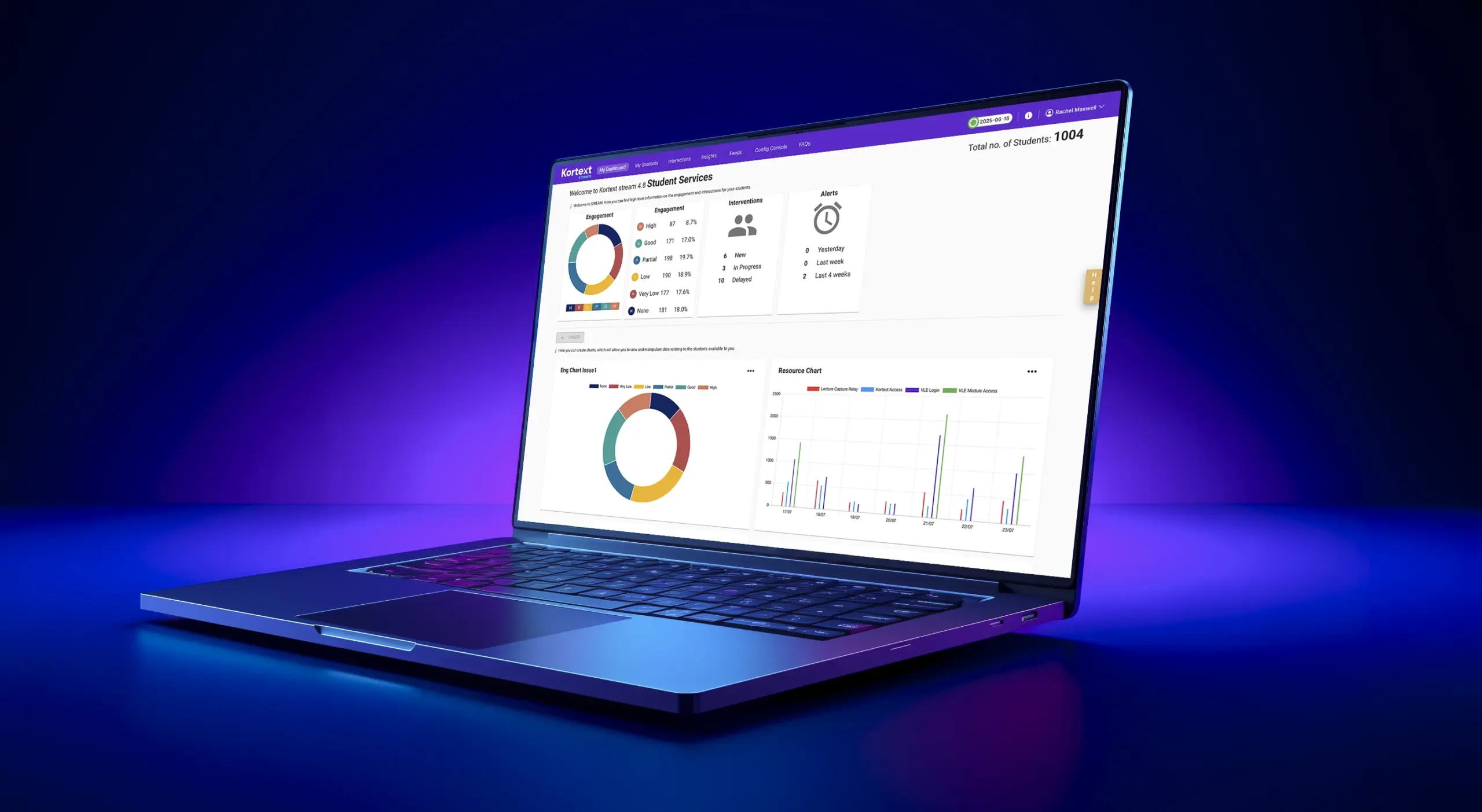University is often seen as a key life milestone, and for good reason. It marks not just a new academic era, but the opportunity for young adults to have independence; from cooking and budgeting sensibly to putting in the work required of their degree.
External factors such as the cost-of-living crisis has meant that 76% of students are now working part time to ease the financial stresses that are making higher education harder to navigate. Additionally, we are witnessing a more diverse student population than ever before, where students come from a range of backgrounds and academic routes. The requirements of each student can therefore differ considerably and make the experience of higher education challenging if they are not appropriately supported.
With so much to potentially impact students’ wellbeing and mental health, it can easily become overwhelming. In fact, analysis by the Policy Institute at King’s College London (KCL) and TASO found that 16% of undergraduate students attending UK universities express that they have experienced mental health difficulties in the 2022/23 academic year. This marks a 10% rise from 2016/17 and means that around one in six students experience issues with their mental health – despite the sector increasingly directing resources towards services around mental health and wellbeing in partnership with the likes of the NHS and charities.
Universities are undeniably trying to address the increase of mental health issues among students, but it is a broad and deep issue that requires ongoing effort across higher education and public services. So, how can universities be more empowered to maximise their mental health and wellbeing initiatives?
Streamlining data with student-centered tech
In 2021-22, there were 2,182,560 students studying at UK higher education institutions. With UCAS estimating student admissions could reach one million in 2030, the number of students is set to rise. The sector is trying its best to navigate how to provide a positive student experience, deliver quality teaching and learning, and ensure consistency in duty of care for these two million students. Ensuring solid processes are in place to protect and support. However, at such a large scale, and in an ever-evolving environment this is difficult.
Nonetheless, we’re seeing how technology is ever more important to helping streamline university processes and assist staff in providing supportive provision. At Kortext we’ve leveraged data analytics technology to enable universities to better visualise student engagement, a key measurement for progression.
By helping universities to get a single view of engagement and the trends across different cohorts, courses and individuals they can use disengagement as an indicator to someone that may be struggling. Having an early warning sign of something affecting a student’s learning, presents the university with the opportunity to put proactive support intervention in place and get upstream of a potential crisis.
The great thing about using engagement data for this purpose is that the data exists already. StREAM by Kortext collates data that that reflects students’ participation in educationally purposeful activity such as the VLE, learning resources, library use, lecture capture and distributes students into daily engagement categories form none through to very high. Automated alerts then assist university staff in highlighting students who may be in more need of support.
Creating an end-to-end strategy
Identifying students who may be struggling, is the first step in what data analytics can do in the context of a university’s mental health and wellbeing strategy. Students and staff alike need to be assured that there is a support system in place beyond those first few early interventions.
The StREAM student engagement analytics platform supports this ecosystem, with dashboards to display engagement status, individual student profiles that provide context and tools to record conversations, visualisation of the student journey highlighting things like exemptions and ways to refer students to specialist services. It creates an individualised picture of the student’s learning and helps to support conversations between student and staff. Such insight can inform staff on what’s working to develop relevant coaching and advice necessary for a student’s academic and pastoral needs, so that students have as much guidance as possible, and their potential can go on to be reached.
Encouraging transparency
By clearly displaying all information in one place on a virtual dashboard, a conversation can open between a student and staff member. Charities and initiatives have recently been set up to encourage students to talk more openly about their mental health, which is even more critical following YouGov survey results that suggest 92% of students have experienced loneliness.
Students also want things to change around how they are academically and pastorally supported. Our recent research with Wonkhe, found that 80% of undergraduate students support the use of learning engagement analytics within their institutions. There is strong appetite among students for the use of data to support their needs and to help guide those in-person conversations with personal tutors about their progress.
Making these conversations easier encourages transparency and trust – two key components in helping improve mental health across the student population. And in collaborating and involving the student in your strategies, the outcomes are student-led, allowing for further nuance and positive impact.
Let students lead the way
An institution’s own approach to mental health and wellbeing, should be guided by the voices of their students to better understand their lived experience and put the most relevant response in place.
Wider cultural and economic factors will, undoubtedly, impact students and their learning experiences. A research paper published in the Lancet Public Health and commissioned by the Department for Education found a correlation between rising reports of student depression and anxiety and the cost-of-living crisis. In these instances, direct feedback from the student on concerns and what worries them is key to building an affective university-wide mental health approach.
Data insight provides universities with the opportunity to better understand students, informing and continually improving future practice with the ultimate aim to help every student reach their full potential.
To find out more, book a call with us.






